
DEEP INTO THE COMMUNITY
Black Diamond Athlete Angela Hawse is a guide for change.
You're eligible for Free Shipping!
$0.00 USD
the life expectancy will likely be greatly diminished. Always inspect your gear, and when in doubt, it may be time to retire it.
Climb safe,

How it Works
There are no two ways about it—falling on a via ferrata would be bad. The way the system is designed to work if you were to fall is when the carabiners hit the last anchor point, the lanyards extend, and as the load increases to a certain point the EAS starts to tear (in the case of BD's) or slip intentionally (in other designs) absorbing the energy of the fall. The EAS continues to extend, absorbing energy as the climber slows and eventually stop




Before any piece of Black Diamond gear makes it on to the shelves, it spends months, sometimes years getting put through the wringer by our Director of Quality, Kolin Powick, and his team of Quality Assurance engineers. Through extensive and meticulous testing, both in the lab and in the field, KP and his team help ensure that you can count on your BD gear to be as durable, reliable and as strong as possible every time you head into the mountains or out to the crags. Our QC Lab posts aim to answer some of climbing's most common gear-related questions.
In early August there was a fatal accident on a via ferrata in Austria where a climber fell and both lanyards on the energy absorbing system broke.
This accident did NOT involve Black Diamond Equipment products.
There was an investigation by the manufacturer as well as by the German Alpine Club, which discovered that the particular design, after excessive use, failed to meet the standard requirements. Subsequently, the manufacturer of the particular model of via ferrata set, as well as other manufacturers incorporating similar designs, issued recalls for many of their products.
NOTE: NO BLACK DIAMOND EQUIPMENT PRODUCTS ARE OF A SIMILAR DESIGN, NOR ARE THEY AFFECTED BY THESE RECALLS.
The German Alpine Club issued a warning to its members to inspect their equipment and ensure that it is not affected by the recalls. To read the warning, CLICK HERE.
There was an emergency meeting of the UIAA Safety Commission, which resulted in a press release to the same effect:

To a true rock climber, a via ferrata may not sound like much, but let me just tell you from first-hand, former-naysayer experience—don't knock it until you try it. They are surprisingly fun. You take minimal gear, there are no belays so you're constantly moving, and you are able to cover and see all kinds of great terrain. It's a total blast.
In normal climbing, the rope absorbs energy in the event of a fall. However, while climbing a via ferrata, you typically aren't using a rope, therefore, in order to be able to relatively safely ascend the route, a climber uses a via ferrata "set" to absorb energy in the unlikely event of a fall. Black Diamond Equipment currently manufactures and sells two different models: Iron Cruiser and Easy Rider.

Components of a Via Ferrata Set
Before talking about how and what a Via Ferrata Set does, first we'll talk about the components:
1. Carabiners
2. Lanyard arms
3. EAS (energy absorbing system)
4. Attachment loop



Follow BD Athlete Yannick Glatthard deep into the Swiss Alps as he shares his home...
Follow BD Athlete Yannick Glatthard deep into the Swiss Alps as he shares his home mountains with close friends.

Follow Dorian Densmore and Mya Akins for another winter season of steep Alaskan spines, backyard...
Follow Dorian Densmore and Mya Akins for another winter season of steep Alaskan spines, backyard couloirs, and deep adventures in the mountains.
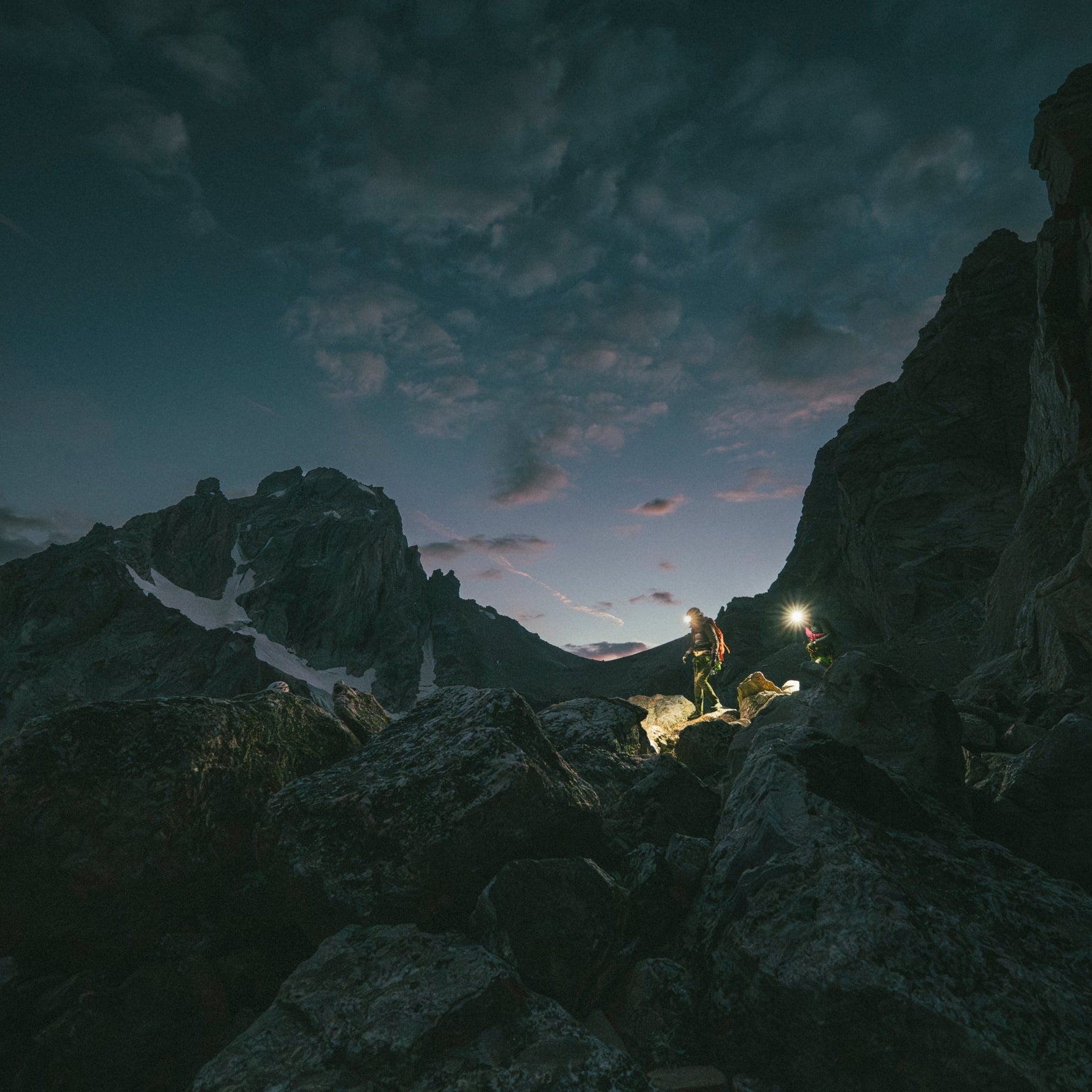
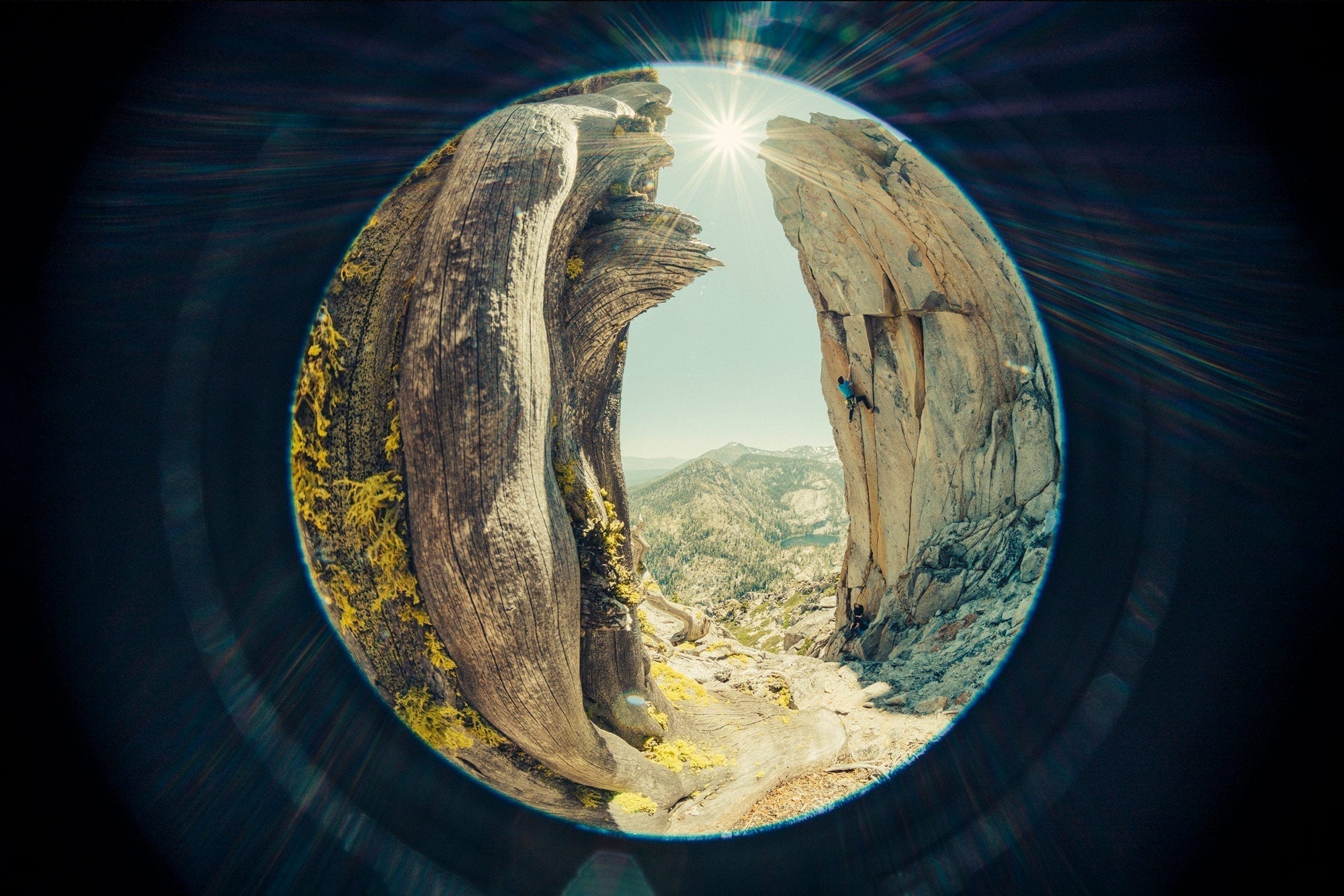
Watch BD Athlete Alex Honnold throw down on some hard trad high above Tahoe.
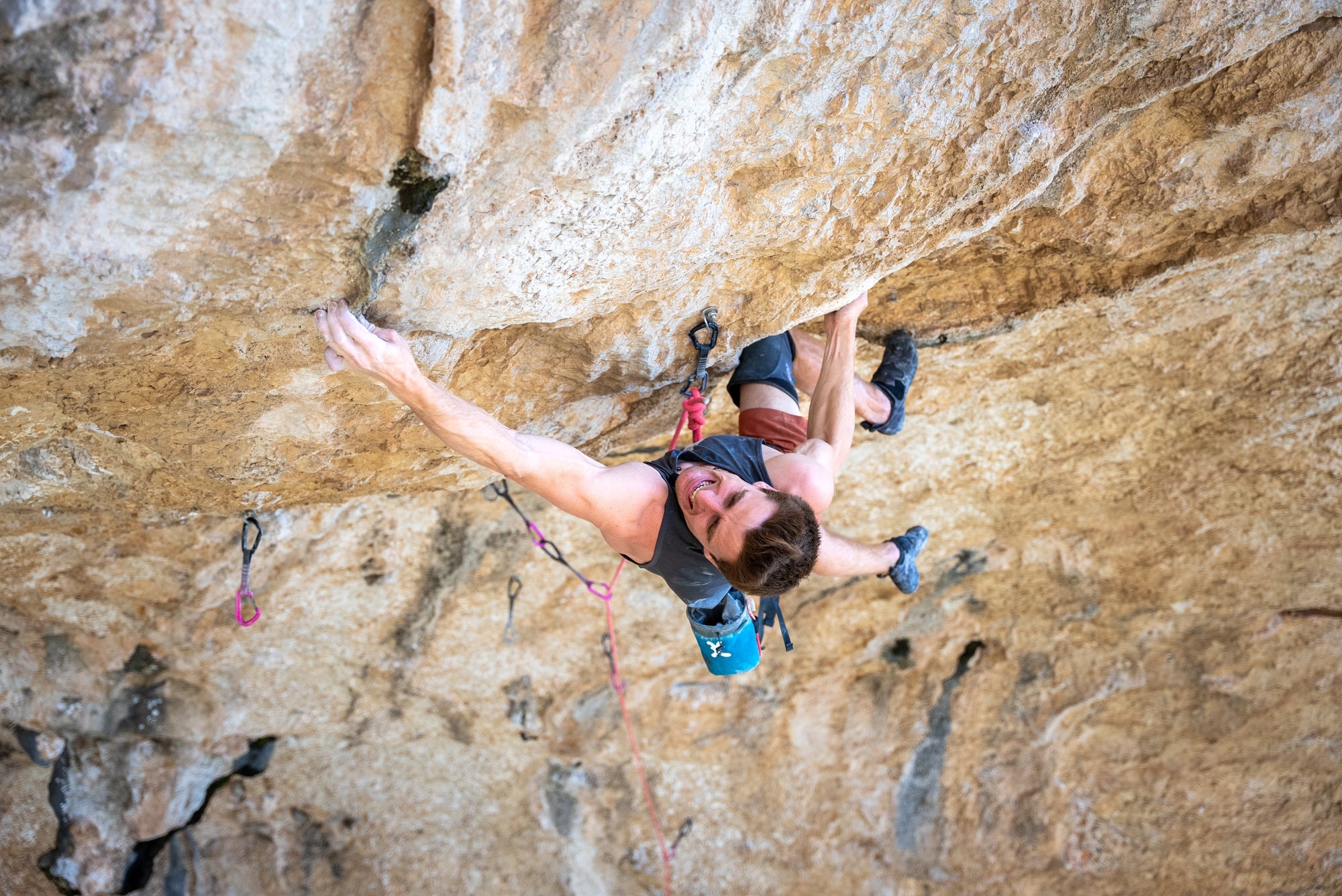
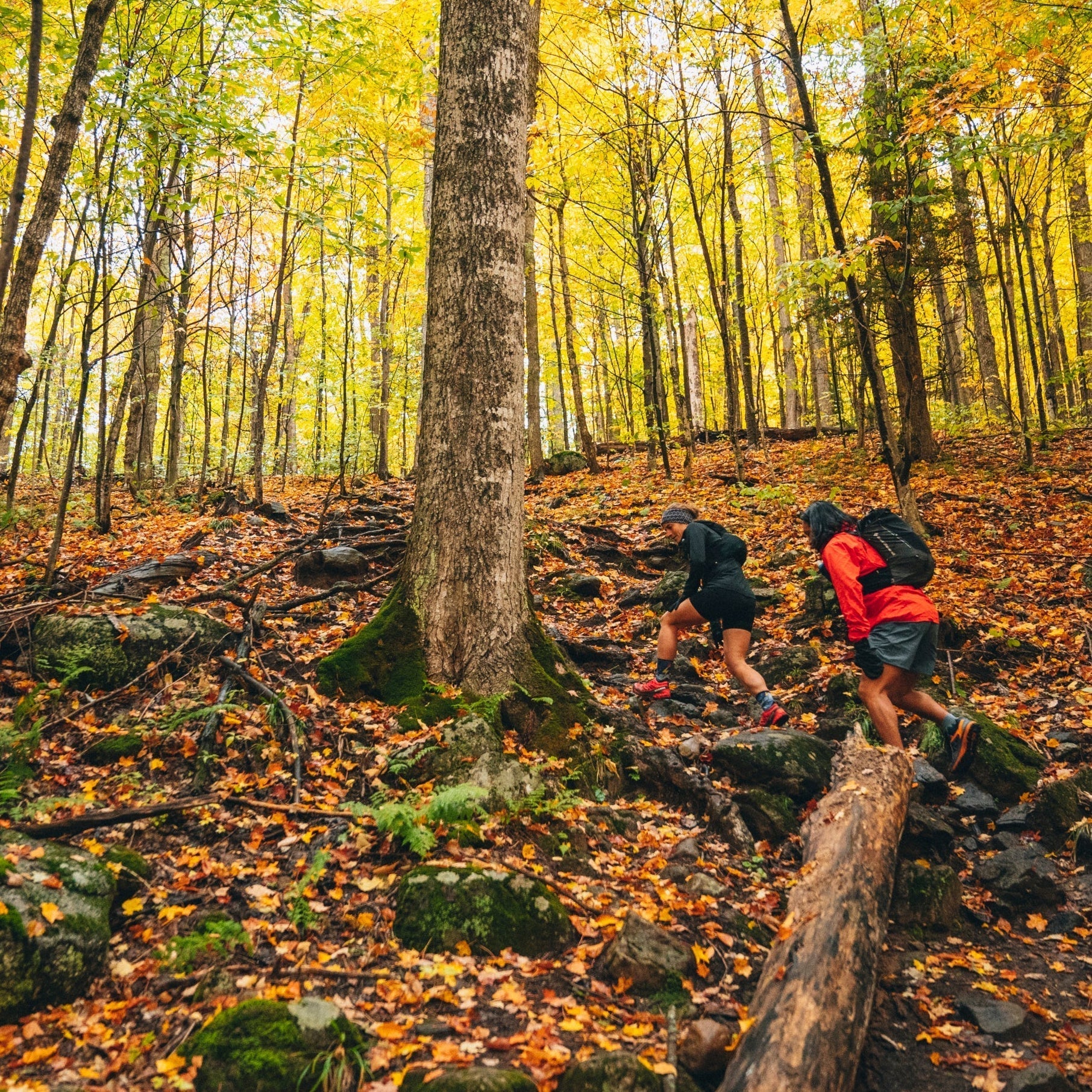
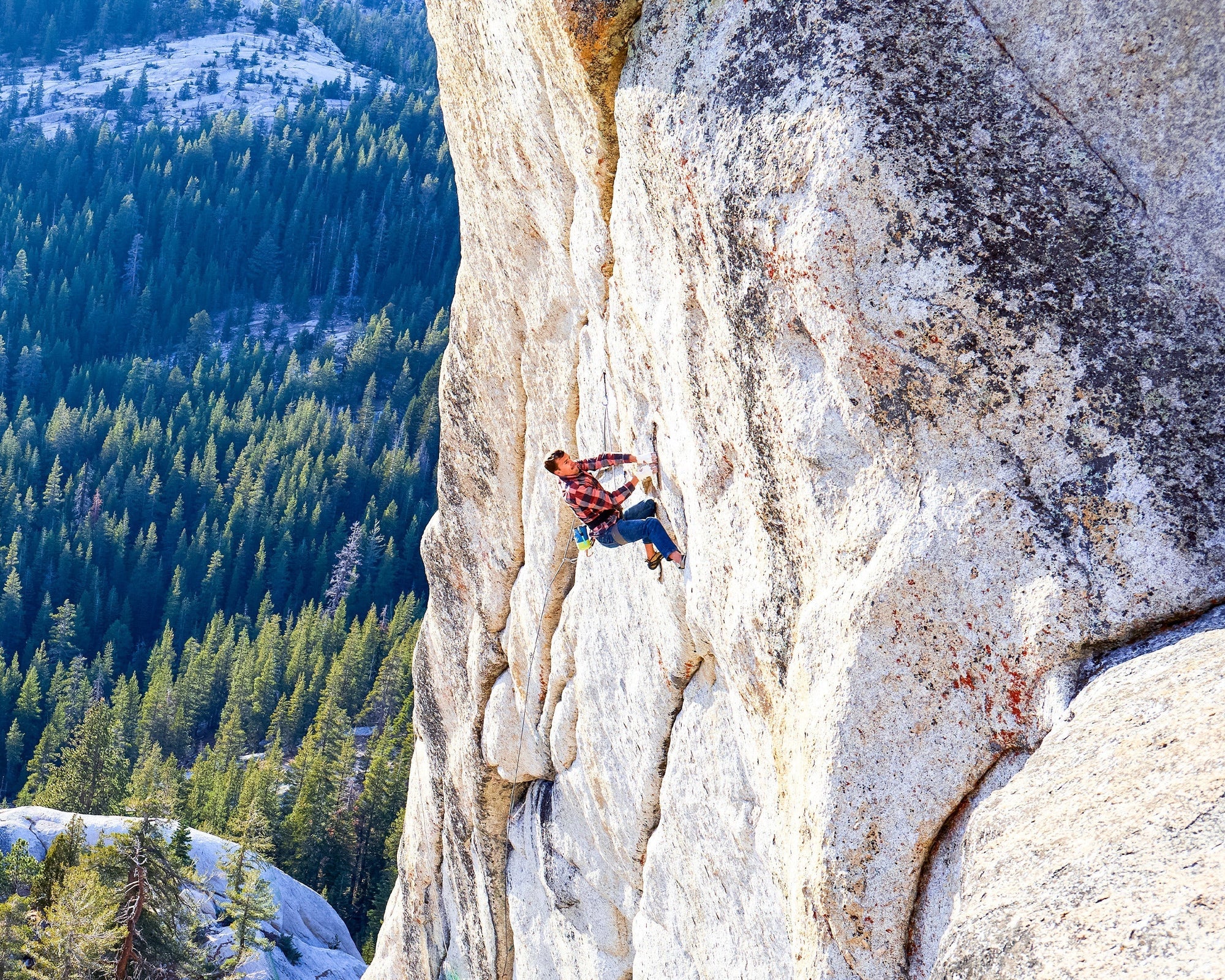
In 2012, filmmaker and photographer Ben Ditto, and professional climber Mason Earle equipped an immaculate...
In 2012, filmmaker and photographer Ben Ditto, and professional climber Mason Earle equipped an immaculate line in Tuolumne’s high country. But their attempts to free the route were thwarted when Mason’s life changed drastically. With the help of Connor Herson, Ditto and Mason found a way to keep the dream alive.
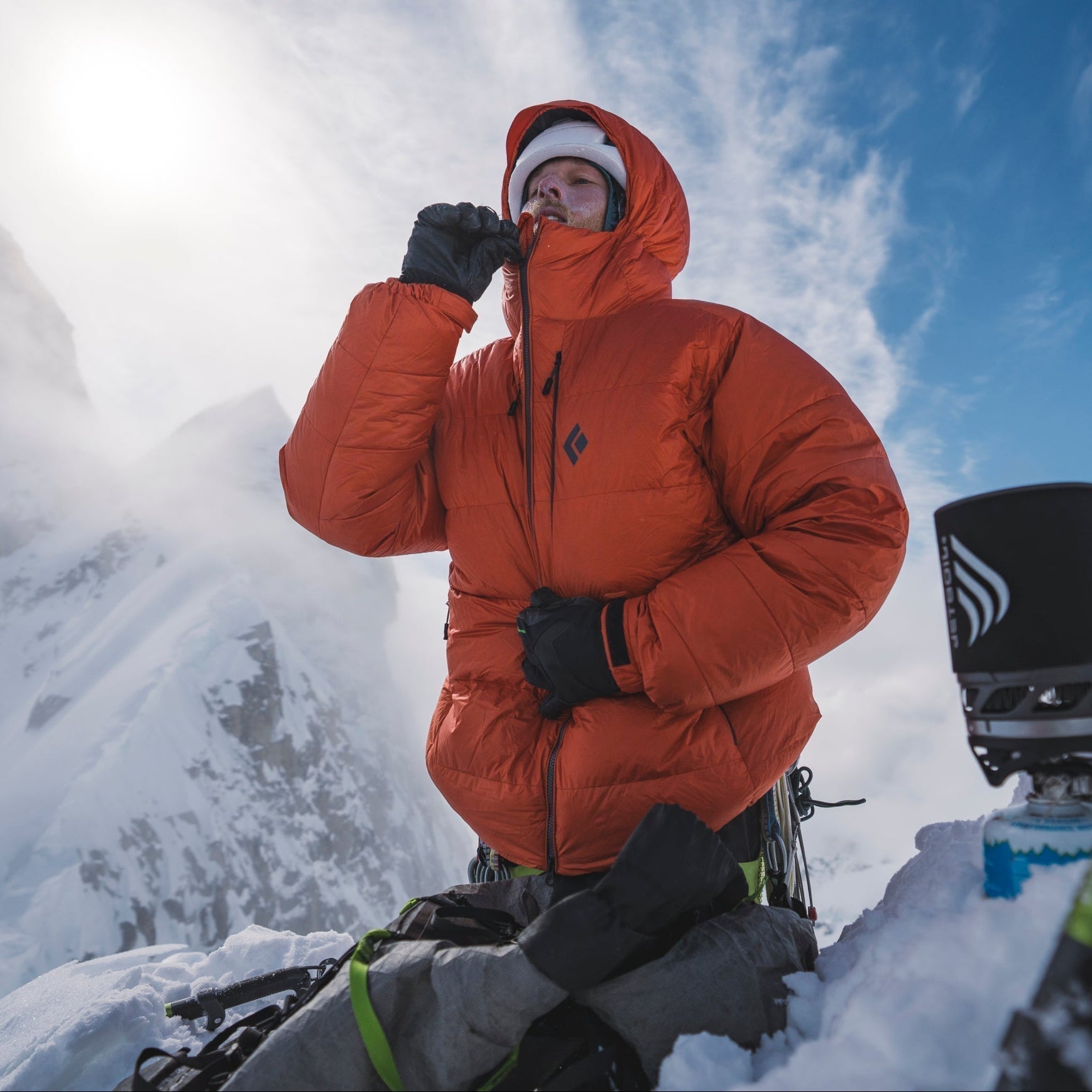
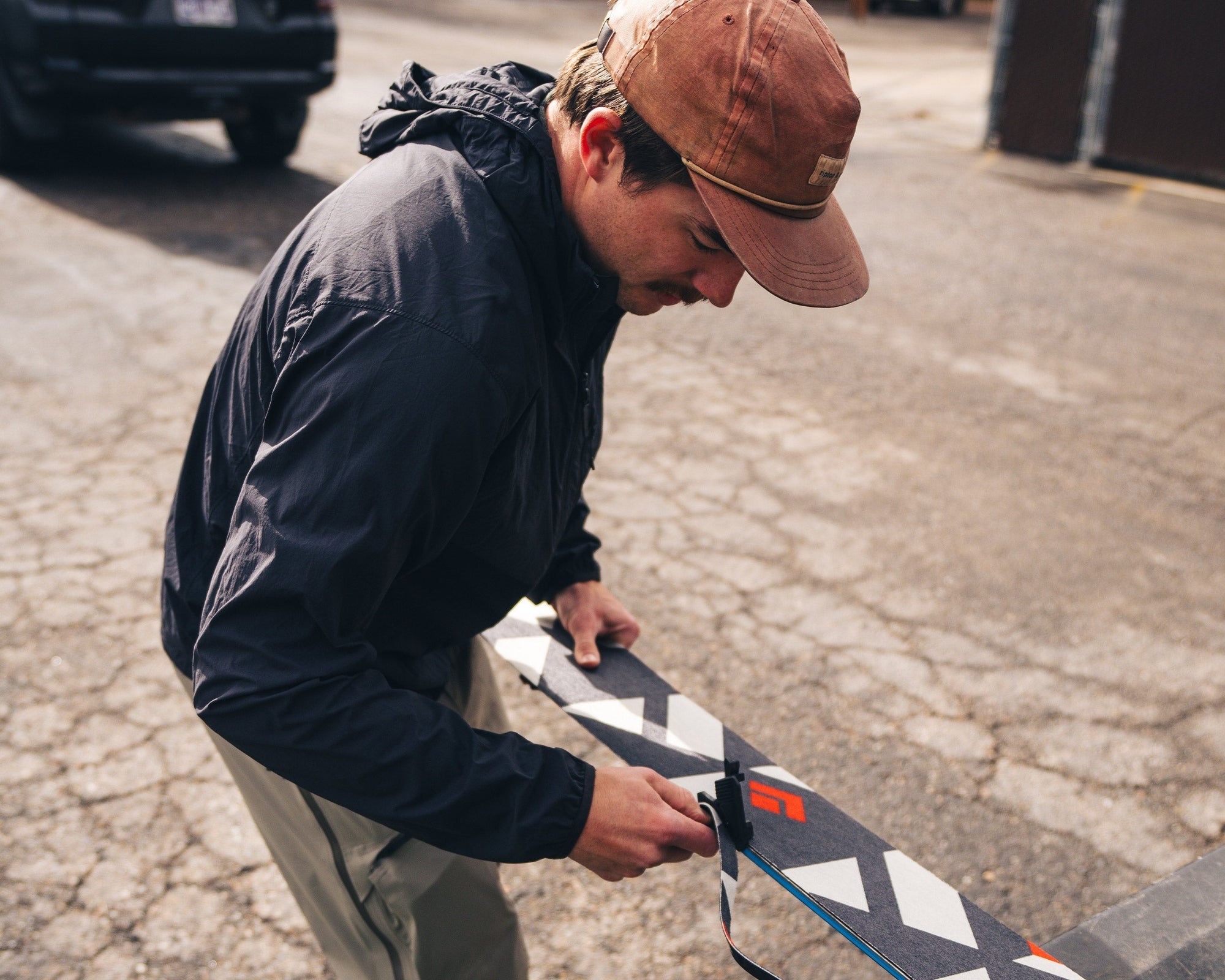
Watch and learn as our Field Test Coordinator runs you through a step by step...
Watch and learn as our Field Test Coordinator runs you through a step by step process of trimming and setting up any STS-style Black Diamond skin.


Every climber has a few lines they dream about. Whether inspired or haunted—or sometimes both—these...
Every climber has a few lines they dream about. Whether inspired or haunted—or sometimes both—these lines can push us beyond what we thought we were capable of, in turn teaching us who we really are. BD Ambassador Ethan Salvo recently restructured his entire life to focus on two climbs that pulled him into the void with only one way out … getting to the top. This is his story of sending Dreamcatcher and becoming the first Canadian to climb V16 in the same week.
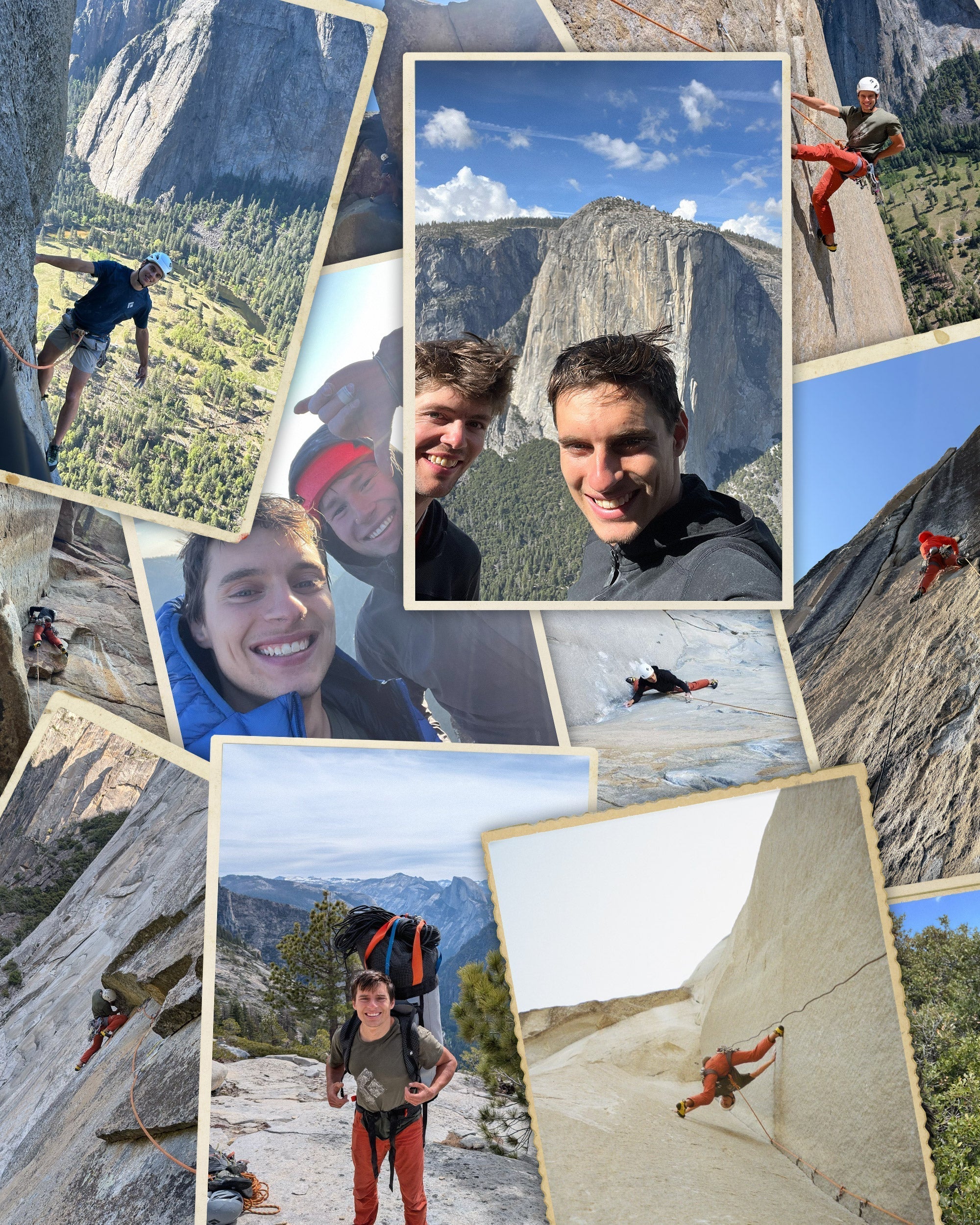
BD Athlete Connor Herson spent as many weekends as possible in the Valley this spring...
BD Athlete Connor Herson spent as many weekends as possible in the Valley this spring during a grueling quarter at Stanford. The objective? Ground up, in-a-day ascents.
